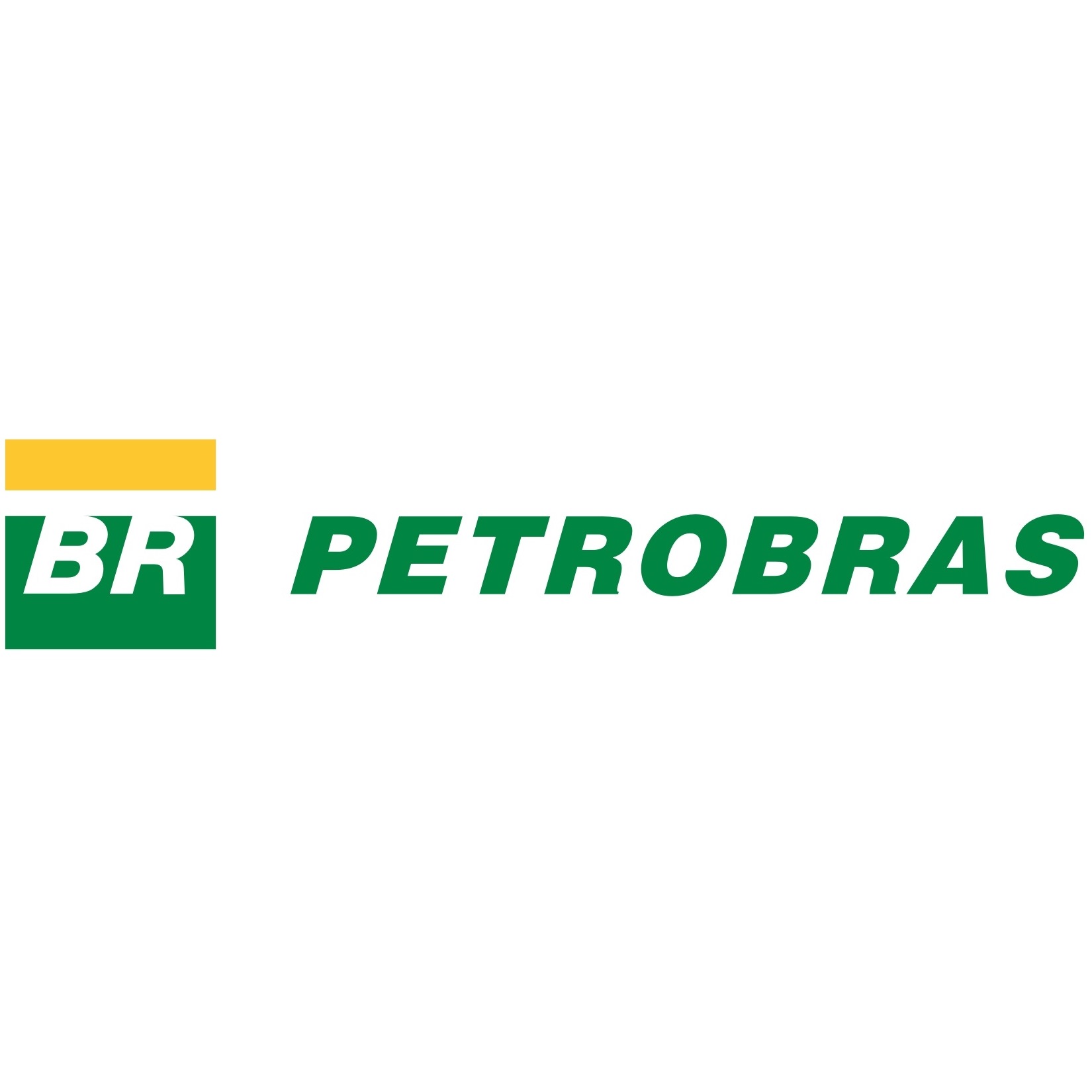Energy
Petrobras Proved Reserves Fell 3 Billion Barrels in 2015

Published:
Last Updated:

Petroleo Brasileiro S.A. (NYSE: PBR), widely known as Petrobras, may also become known as the canary in the oil field. The Brazilian firm reported Friday morning that its proved reserves as of the end of 2015 totaled 13.279 billion barrels of oil equivalent, compared with 16.612 billion at the end of 2014. That’s a drop of 3.33 billion barrels.
The bulk of the decline came in revisions to prior estimates based on new data about reservoir characteristics and the economics of recovering the oil with current technology at current prices. Revisions cut 2.395 billion barrels from the reserves, while production totaled just 932 million barrels. Petrobras listed new discoveries and accumulations of just 16,000 barrels in 2015.
This may be even worse news for Petrobras than the company’s collapsing stock price and corruption scandal. The decline highlights what can happen when capital spending is slashed and producers like Petrobras are unable to explore for or develop new reserves. Chevron, for example, which just reported a quarterly loss for the first time in more than a decade, nevertheless managed to boost its reserves by an amount equal to 107% of its 2015 production.
As reserves are drawn down and not replaced, it becomes increasingly difficult for producers to borrow at reasonable rates. Reserves are viewed as collateral for the loans, and producers have a very challenging time running new exploration and development exclusively on cash flows, even when crude prices are high. For one thing, shareholders want to share in the profits, so companies often borrow to fund dividends.
Shares traded up more than 6% Friday morning at $3.40, in a 52-week range of $2.71 to $10.55. The consensus price target is $4.37.
Retirement can be daunting, but it doesn’t need to be.
Imagine having an expert in your corner to help you with your financial goals. Someone to help you determine if you’re ahead, behind, or right on track. With SmartAsset, that’s not just a dream—it’s reality. This free tool connects you with pre-screened financial advisors who work in your best interests. It’s quick, it’s easy, so take the leap today and start planning smarter!
Don’t waste another minute; get started right here and help your retirement dreams become a retirement reality.
Thank you for reading! Have some feedback for us?
Contact the 24/7 Wall St. editorial team.